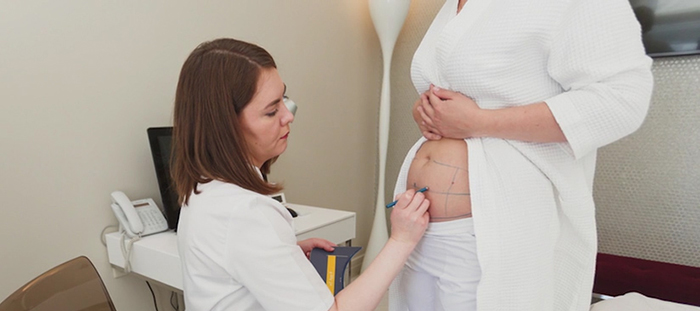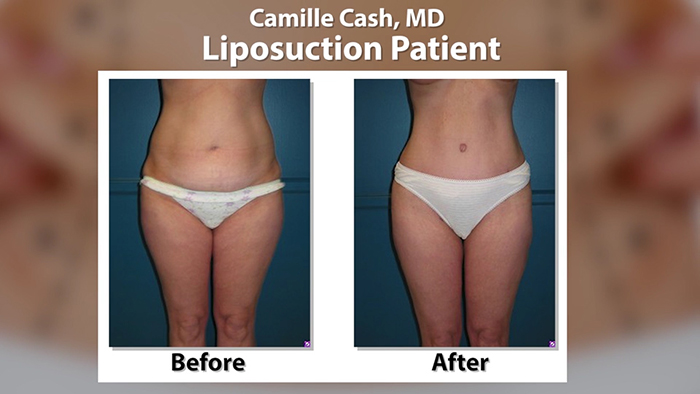We’re all aware that liposuction removes fat. The process itself, however, and the different types we see advertised usually remain a bit of a mystery. Have you ever wondered how the fat is actually removed? Or how SmartLipo and other assisted-liposuction techniques differ from regular old liposuction?
Dr. Camille Cash of Houston describes what liposuction really does, how it works, and what modern technologies provide to the unique issues facing a variety of potential patients.
Traditional Liposuction
According to Dr. Cash, traditional liposuction remains the gold standard when it comes to body contouring and fat removal. How does a traditional liposuction operation work?
“Traditional liposuction involves using a wetting solution, or tumescent. That solution has epinephrine as well as lidocaine in it. Epinephrine helps with bleeding and lidocaine helps with pain. You insert the wetting solution first, and then you remove the fat underneath the surface of the skin,” shares Dr. Cash.
Following the injection of wetting solution, a small, stainless steel tube called a cannula is inserted through an incision in the skin. Surgeons maneuver the cannula’s tip into the pocket of unwanted fat. A vacuum type device attached to the cannula provides the power to remove the fat.
Types of Assisted Liposuction
Liposuction procedures are named differently based on the technologies paired with traditional liposuction. “You can add different modalities to help with the ease of breaking down the fat prior to liposuction,” explains Dr. Cash. Laser assisted, ultrasound assisted and power assisted liposuction are several of the most popular technologies, and each brand has their own marketing name.
Is SmartLipo Smarter?
SmartLipo is the brand name for one type of laser-assisted liposuction. “The word ‘SmartLipo’ makes it seem like it’s smarter than ‘dumb’ liposuction, or regular liposuction,” says Cash, “but really what it uses is a laser to help break down the fat, and then you come back in and you still do traditional liposuction.”
Keep in mind that even with assisted-liposuction options, the skill of the surgeon is paramount. Assisted-lipo procedures are further tools for experienced plastic surgeons to use and are not an easy way out.
Liposuction & Anesthesia
Several types of liposuction are marketed toward patients who prefer to have their procedures done in a doctor’s office instead of in a hospital. The amount of fat that a patient wants removed, reveals Dr. Cash, is what dictates the setting for a safe liposuction procedure. Consequently, the brand name and technology used do not determine the level of anesthesia.
“If you have a large amount of fat that needs to be removed, it’s not necessarily going to be comfortable just under local anesthesia, and you may not get the desired results. The level of anesthesia is dictated by the amount of fat that you have to be removed,” says Cash.
Both traditional and assisted-liposuction procedures can be done safely under local anesthesia in an office, IF the amount of fat to be removed is small. If you are targeting multiple areas and larger volumes of fat, your surgeon will likely recommend the operating room and moderate sedation or general anesthesia.
Healthy Lifestyle & Realistic Results
Liposuction is a great tool for fat removal, but it is important to understand the limitations involved:
- Lipo does not treat cellulite or sagging skin
- Lipo does not prevent all future weight gain
Dr. Cash always emphasizes the importance of diet and exercise in maintaining liposuction results. It’s goal is to quickly and effectively remove fat; it’s up to the patient post-op to maintain their weight levels and keep their newly contoured physique.



















Facebook
Twitter
Instagram
YouTube
RSS